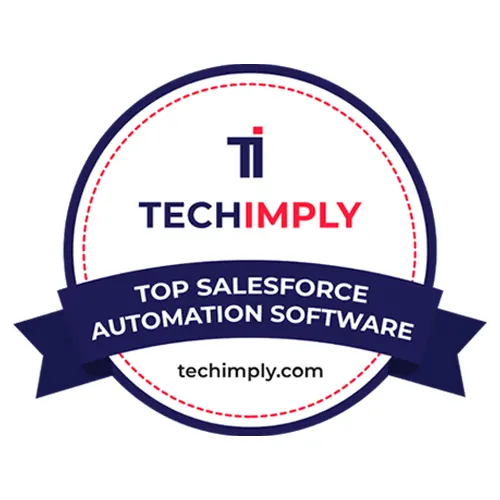That’s no longer a futuristic thought, it’s happening in India today. Amul, the world’s largest dairy cooperative, is turning leftover whey (a by-product of cheese and paneer production) into bioethanol and even biogas. The result? Extra income for farmers, cleaner energy for the nation, and a powerful model for the global dairy industry.
But here’s the reality: Even the best SFA from five years ago can become a liability today. Shifts in customer expectations, market competition, and technology mean that your current system might be slowing you down instead of giving you an edge.
This blog breaks down how to identify when your SFA has outlived its usefulness and how to choose a new partner who can take your sales performance to the next level.
Why This Matters for the Dairy & FMCG World
Dairy has always been seen as a food business. But with innovations like this, it’s becoming part of the energy economy too. For FMCG companies and distributors, this shift means:
🌟 Diversified revenue streams:
Milk isn’t just milk anymore, it’s cheese, yogurt, fuel, and fertilizer.
🌟 Sustainability as strategy:
Brands that adopt green practices are already gaining consumer trust.
🌟 Supply chain resilience:
Reducing waste means more efficiency across operations.
The Amul Example: Waste Into Wealth
Here’s how the model works, simplified:
🌟 Collect:
Whey, usually discarded after cheese production, is gathered from processing plants.
🌟 Convert:
Through fermentation, it’s processed into high-purity ethanol (with pilot plants already producing 20,000 liters from 450,000 liters of whey).
🌟 Commercialization:
The ethanol is blended into fuel (part of India’s 20% ethanol blending mandate), while methane is captured for compressed biogas (CBG) and slurry is used as organic fertilizer.
Impact so far:
This initiative alone is projected to generate ₹700 crore in additional income for farmers, while reducing carbon emissions and supporting India’s renewable energy goals.
A Bigger Trend Taking Shape
India is not alone. Across the globe:
✔ New Zealand is testing methane-reducing feed to cut dairy emissions by up to 50%.
✔ EU dairy companies are experimenting with whey-to-energy conversion and hybrid dairy models.
✔ Startups worldwide are using AI to optimize dairy waste management and supply chains.
This isn’t just about one cooperative it’s the beginning of a circular dairy economy where nothing goes to waste.
What It Means for FMCG & Distributors
If you’re in the FMCG or dairy supply chain, here’s why you should care:
🌟 Green Partnerships:
Retailers and brands will increasingly favor suppliers who align with sustainability goals.
🌟 New Business Models:
Imagine selling not just milk and cheese, but energy credits or organic fertilizer.
🌟 Brand Advantage:
Today’s consumers prefer eco-friendly products; tomorrow, they’ll expect them.
Beyond Dairy: What This Signals for the Industry
Amul’s bioethanol initiative is more than just a one-off experiment. It signals a paradigm shift in the way we look at dairy and FMCG supply chains. No longer is milk only about direct consumption - it can be a raw material for multiple industries, from food to fuel to fertilizer.
For businesses, this raises important questions:
✔ Are we exploring new ways to turn by-products into value?
✔ Are we aligning with global sustainability expectations while also building profitable models?
✔ Are we using technology and data to make our supply chains more efficient and innovative?
The opportunity is clear: those who embrace circular economy thinking today will be tomorrow’s market leaders. Farmers gain higher incomes, brands build stronger reputations, distributors tap into new revenue streams, and consumers enjoy products they trust. Everyone wins.
At SalesJump, our role is to help businesses stay on top of these shifts - whether through smarter distribution strategies, digitized sales processes, or insights like this one. The future of the dairy industry is not just about keeping up with demand - it’s about transforming challenges into opportunities.




